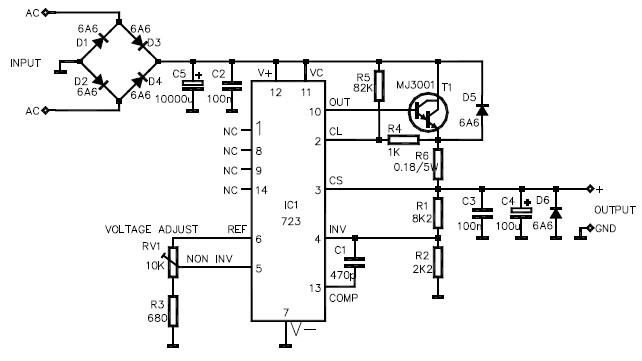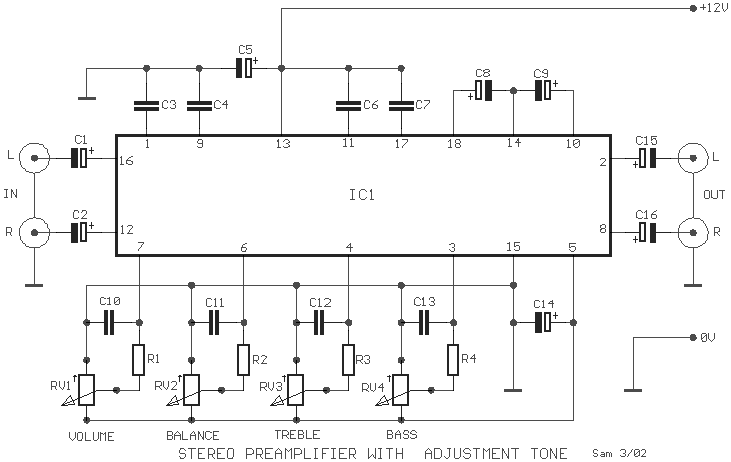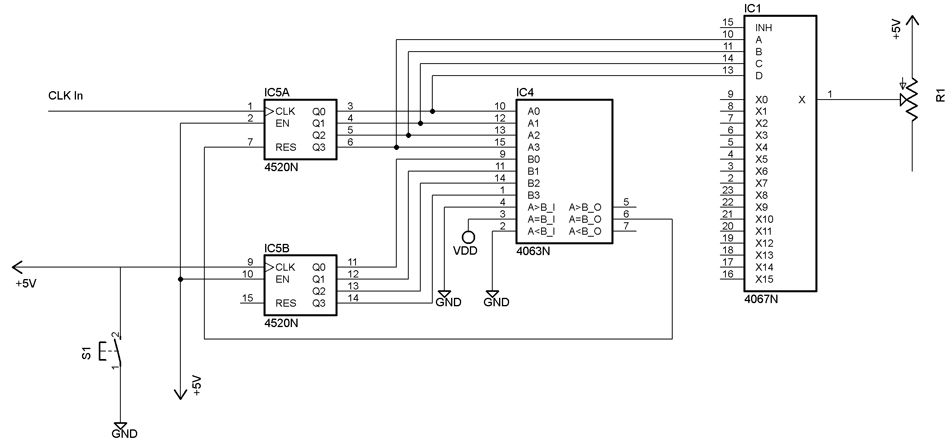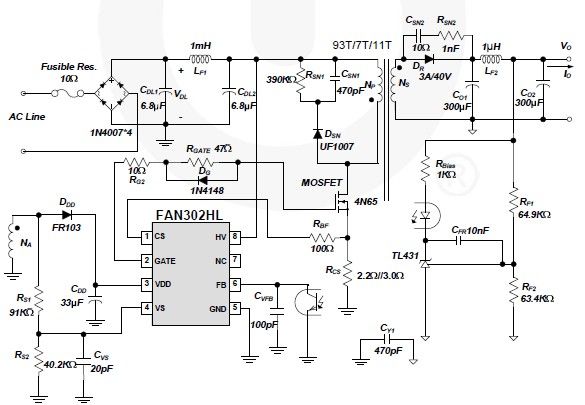
8 Channel LPT Relay Circuit

This circuit utilizes a Power Battery Terminal (PBT) to facilitate simple relay output and auxiliary power connections. An LED on each channel serves to indicate the status of the relay. Berg pins are provided for connecting power and trigger voltage.
The circuit design incorporates a Power Battery Terminal (PBT) to streamline the connection of relays and auxiliary power sources, enhancing the overall functionality and ease of use. Each relay channel is equipped with an LED indicator that visually represents the operational status of the relay, allowing for quick diagnostics and monitoring.
The use of Berg pins for power and trigger voltage connections simplifies the wiring process, enabling users to efficiently connect and disconnect components as needed. This modular approach not only improves the reliability of the connections but also facilitates maintenance and troubleshooting.
The relay output can be utilized for various applications, including controlling high-power devices or interfacing with other electronic systems. The design ensures that the relays are activated only when the appropriate trigger voltage is applied, thereby protecting the circuit from accidental activation.
Overall, this circuit exemplifies a practical solution for managing relay outputs and auxiliary power connections, making it suitable for a wide range of electronic projects and applications.This circuit is using Power Battery Terminal (PBT) for easy relay output and aux power connection. The LED on each channel indicates relay status. Berg pins for connecting power and trigger voltage. 🔗 External reference
The circuit design incorporates a Power Battery Terminal (PBT) to streamline the connection of relays and auxiliary power sources, enhancing the overall functionality and ease of use. Each relay channel is equipped with an LED indicator that visually represents the operational status of the relay, allowing for quick diagnostics and monitoring.
The use of Berg pins for power and trigger voltage connections simplifies the wiring process, enabling users to efficiently connect and disconnect components as needed. This modular approach not only improves the reliability of the connections but also facilitates maintenance and troubleshooting.
The relay output can be utilized for various applications, including controlling high-power devices or interfacing with other electronic systems. The design ensures that the relays are activated only when the appropriate trigger voltage is applied, thereby protecting the circuit from accidental activation.
Overall, this circuit exemplifies a practical solution for managing relay outputs and auxiliary power connections, making it suitable for a wide range of electronic projects and applications.This circuit is using Power Battery Terminal (PBT) for easy relay output and aux power connection. The LED on each channel indicates relay status. Berg pins for connecting power and trigger voltage. 🔗 External reference





